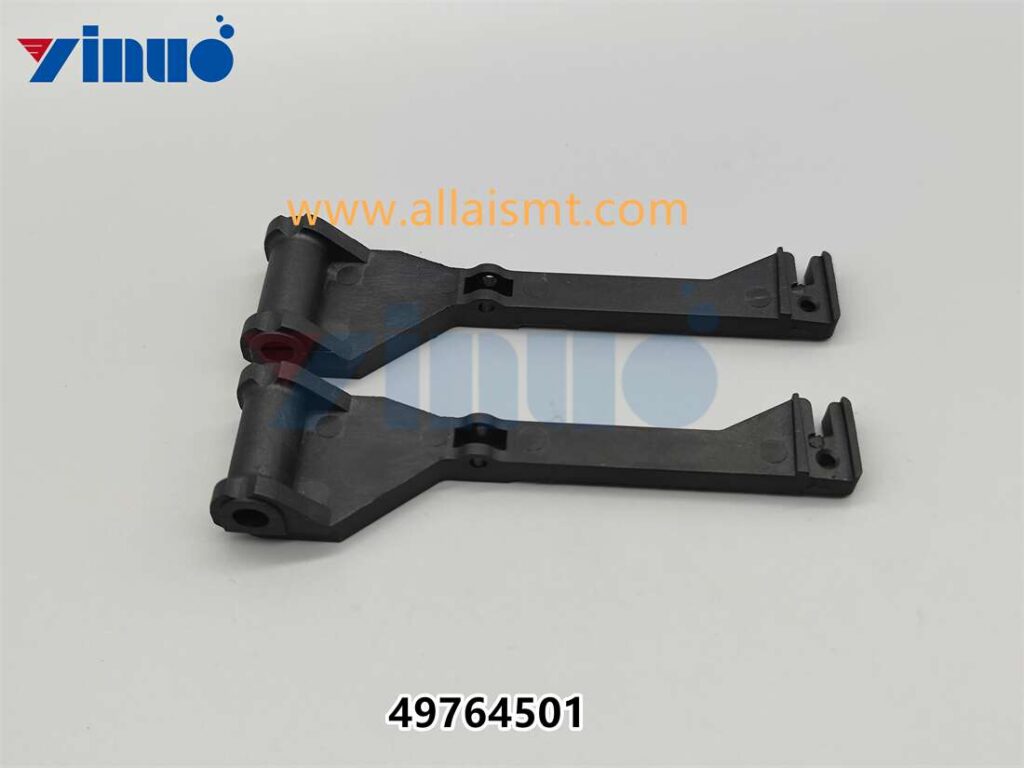In the manufacturing stage of SMT SMD factory, the processing technology of lead-free reflow oven has always been a very obvious problem in PCBA production and processing. In the process of SMT chip production, high-quality lead-free solder joints can be produced, which has irreplaceable active effect in the whole process of electronic processing. However, in the production and processing of lead-free reflow soldering furnace, there are also some production and processing problems that can’t be ignored, that is, this problem has been endangering electronic processing. Here, Pate High-tech Network Editor will discuss this problem with everyone.
I. Impact toughness of solder joints
Lead has high plasticity and soft color, so in SMT production and processing, because no lead is added, the strength of lead-free solder joints is higher than that of Sn/Pb, the compressive strength of lead-free solder joints is also higher than that of Sn/Pb, and the deformation of lead-free solder joints is smaller than that of Sn/Pb solder joints, but it does not mean that lead-free solder joints in PCBA are necessarily good, and the long-term reliability is uncertain.
Most consumer goods, such as civil, communications and other industries. Because there is no great in-situ stress in the natural environment. The impact toughness of lead-free solder joints is even higher than that with lead: however, in areas with high in-situ stress, such as national defense, high and low temperature tests, low air pressure, vibration and other extreme natural environments, the connection reliability of lead-free solder joints is much worse than that with lead because of the large stress relaxation.
Second, tin whiskers
Whisker refers to the fine flocculent and fibrous uniaxial crystal grown from the surface of metal materials. It can grow on the surface of solid chemical substances, and is easily produced on the surface of low melting point metal materials such as Sn, Zn, Cd, Ag, etc. Generally, it is produced on the alluvial surface of metal materials with a thickness of 0.5 ~ 50μ m and too thin. Typical whiskers are 1~10pm in diameter and 1~500pm in length. In the natural environment of high temperature and cold humidity, the growth rate of tin whiskers will be accelerated under the standard of in-situ stress, and too long whisker production will cause short-circuit fault, which will lead to reliability problems of electronic equipment.
Because the cost of Sn plating is relatively low, at present, there are many Sn plating processes for the solder ends and pin surfaces of lead-free components in SMT chip production and processing, but Sn is very easy to generate Sn whiskers. For example, whiskers generated on the pin of components such as interval QFP are very easy to cause short-circuit faults, which leads to potential safety hazards in the reliability of electrical equipment. The growth opportunity and the probability of adverse effects of lead-free tin whiskers are far higher than those of lead-containing products, which will endanger the long-term reliability of electronic equipment.

